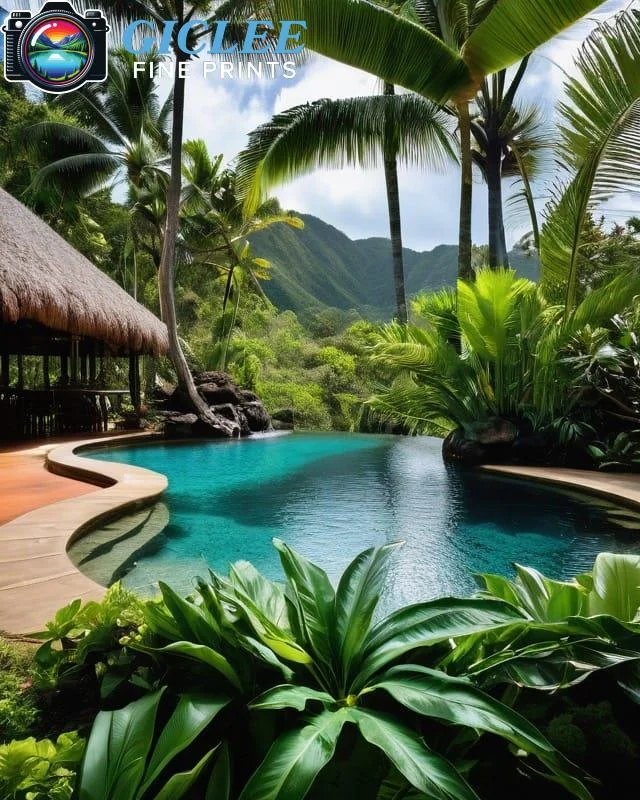
Color is more than just a visual experience; it’s a perception influenced by the mind, emotions, and context in which it is seen. Artists and designers know that colors evoke feelings, change perceptions, and impact the overall mood of artwork. At Giclee Fine Prints, we believe in helping artists create prints—on canvas, fine art paper, metal, and peel and stick options—that capture the true essence of their color palette.
The Science of Color Perception
Color perception begins with light and how it interacts with objects, surfaces, and our eyes. When light hits an object, certain wavelengths are absorbed while others are reflected. These reflected wavelengths enter our eyes, where cells known as photoreceptors convert them into electrical signals. These signals are then interpreted by the brain as color. This process, however, is not simply mechanical—our brains interpret colors based on context, lighting, and even past experiences.
For example, a color seen under natural sunlight may appear different under artificial lighting. Artists can use this knowledge to adjust color choices in their work, ensuring it maintains the desired look in various settings and lighting conditions.

The Role of Emotion and Culture in Color Perception
Colors have emotional and cultural associations that impact how we perceive them. For instance, blue is often associated with calm and stability, while red can signify passion or urgency. These associations vary across cultures; while white is often a color of purity in Western cultures, it represents mourning in some Eastern traditions.
Understanding these cultural and emotional connections helps artists choose colors that resonate with their audience. Whether displayed on fine art paper, canvas, or metal, selecting colors with emotional appeal can make a print more impactful and memorable.
Color Theory in Art: The Basics
Color theory is a foundational principle in art that explores how colors interact and influence each other. Primary colors (red, blue, and yellow) combine to form secondary colors (green, orange, and purple), and further blend to create tertiary colors. Techniques like complementary color pairing (opposite colors on the color wheel) create contrast, while analogous color schemes (adjacent colors on the wheel) provide harmony.
Artists can use color theory to enhance the visual impact of their prints. For example, vibrant complementary colors can make canvas or metal prints pop, while harmonious colors can create a soothing effect, perfect for fine art paper prints.

Practical Tips for Choosing Colors in Prints
When preparing artwork for printing, it’s essential to keep in mind how colors may look on different materials:
- Canvas: Colors appear softer and more muted due to the textured surface, so brightening certain hues can help achieve the intended look.
- Fine Art Paper: Known for its true-to-life color reproduction, fine art paper is ideal for detailed and nuanced color work.
- Metal Prints: These prints have a high-gloss finish, which makes colors appear more saturated and vibrant, perfect for bold, modern artwork.
- Peel and Stick Options: These can capture rich colors but may appear less saturated than traditional framed prints. Adjusting brightness in advance can help maintain visual appeal.
Printing with True Color at Giclee Fine Prints
At Giclee Fine Prints, we understand that colors are central to the artist’s vision. We use advanced printing techniques and materials like canvas, fine art paper, metal, and peel and stick to ensure that your artwork’s colors are true-to-life and visually engaging. By understanding color perceptions and leveraging this knowledge in printing, artists can create pieces that resonate on a deeper level with their audience.
Contact Us
Our address is: 3816 Pioneer Trail Ste #3, South Lake Tahoe, CA 96150
Email: Info@gicleefineprints.com
FAQs
Colors appear different because light wavelengths vary under natural and artificial lighting, affecting how our eyes perceive them.
Different cultures associate colors with unique meanings; for example, white symbolizes purity in some cultures and mourning in others.
Fine art paper is excellent for accurate color reproduction, while metal prints enhance vibrant colors with their glossy finish.


